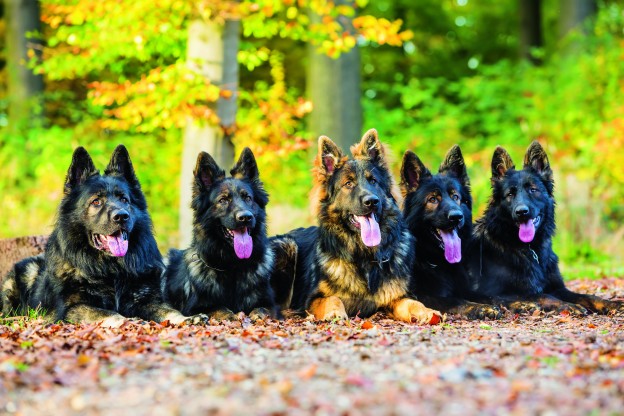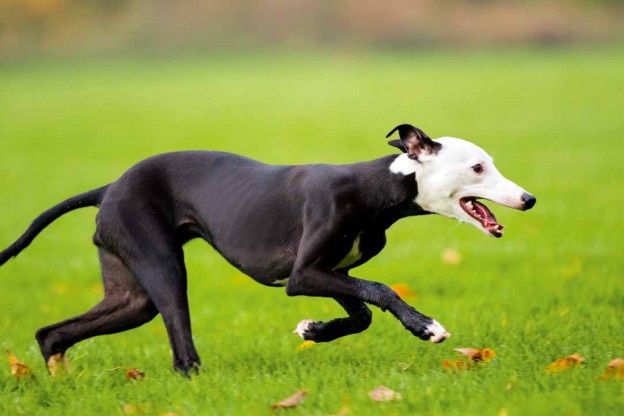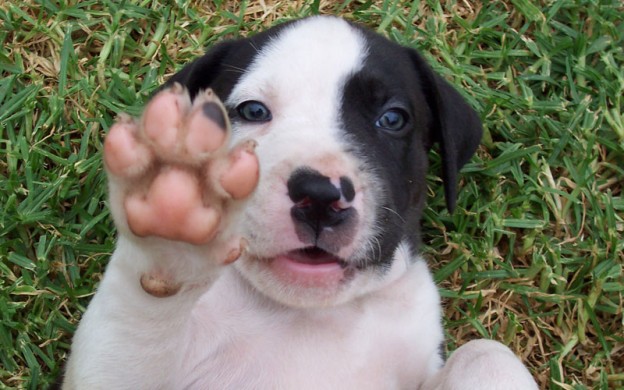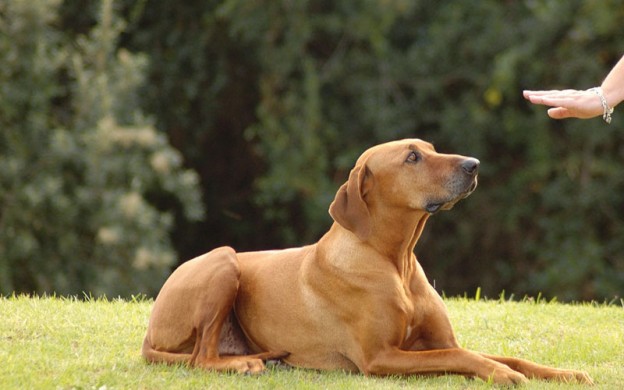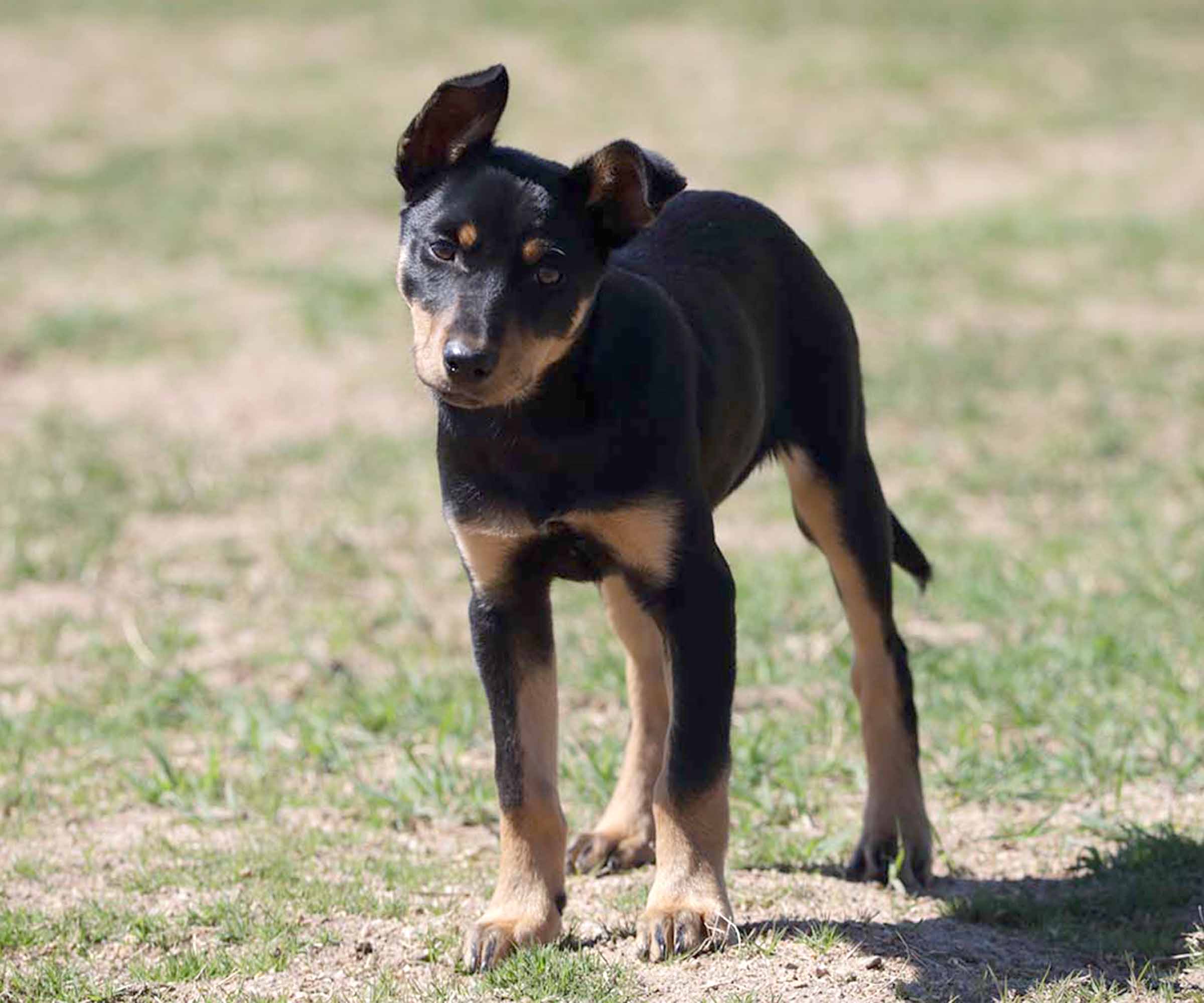
Kylie Baracz discovers how you can teach your dog to respond to basic commands.
You have brought home your new bundle of joy and have everything ready — their bed is warm and safe, there are plenty of toys and treats available and their leash is waiting at the door, ready for that first walk. So now what? According to Laura Vissaritis from Dognitive Therapy, this is the perfect time to train your puppy to respond to a few basic commands.
“When your dog learns to respond to you early on, you set yourself and your dog up to have the best possible relationship together.
“Dogs don’t positively respond to their owners unless their owner builds a safe environment and trusting relationship. Owners who take the time to understand their dog’s developing personality, including their likes and dislikes, always receive a positive response from their dog,” she says.
“The best part about training is that owners begin to learn just as much about their dog as their dog learns about them. We don’t often think about what we can learn from our dogs, but they are our best teachers, especially when it comes to understanding their needs. When we respond to their needs, they respond to ours.”
What are the basic commandments your dog needs to know?
Vissaritis believes there are five basic commands your puppy should know for their safely.
“I am a firm believer that dogs are not robots and that the most important commands are those that are beneficial to the dog, their safety and their relationship with others,” she says.
The most important commands are:
- Sit and stay until released
- Walk beside you when you want them to
- Stop/leave it
- Come when called
- Go to the bed or mat*
“If your dog learns to consistently respond to these commands, any behaviour that was previously of a concern usually subsides,” says Vissaritis. “Dogs who understand their owner and respect their leadership don’t feel the need to control their environment in unwanted ways. Those five basic behaviours are crucial stepping stones to a happy and fulfilled relationship.”
*When teaching your dog to go to their bed or mat, it is great to have a soft waterproof mat that is portable, like the Dognitive Therapy ‘Doggie Bag’, which helps alleviate anxiety during times of uncertainty.
How to teach your dog to respond to:
Sit
- Understand what your dog loves. Usually it is yummy food, but it may be a toy, or even a simple chin scratch.
- Using the reward (for this example, I’ll use food), get your dog’s attention and focus.
- At his eye level, hold the yummy food in front of him and slowly raise it upwards so that his head tilts up and his bottom tilts down.
- As soon as his bottom hits the floor, the treat is given immediately with praise.
- Repeat and make it FUN!
- When he starts to understand that the hand signal means “sit” and “receive a treat”, introduce the word “sit”.
- Once he starts to understand your hand signal in combination with “sit”, gradually reduce the amount of food.
- Repeat and make it FUN!
- Once he understands how to sit and that he will randomly receive treats for it, introduce the word “free”. This word just means that he doesn’t have to sit anymore. Use this word for all commands. Keep it simple for him, letting him know when you do expect him to sit/drop/come, but also when he doesn’t have to do it anymore.
Come
Inside the house
- Use their name, then the word “come” for everything good you want your dog to walk towards, whether it is to you for a pat, for a treat, play a game, go for a walk, to their dinner bowl etc.
- The word needs to always mean “something fantastic”.
Training
- Wait until your dog is distracted.
- Call their name for response.
- Say “come” when they respond to you.
- MAKE IT EXCITING!
- Run backwards to make it more fun.
- Reward, praise and fun!
- Immediately release with the word “free” and allow them to go back to what they were doing.
- Repeat and make it FUN!
The backyard and park
- Once your dog is responding and coming more than 90 per cent of the time inside, move the training out into the backyard.
- Start with as few distractions as possible.
- Build up the level of distraction as you are more and more successful.
- Repeat the training.
- Once your dog is reliably coming when called in the backyard and inside the house off-lead, you are ready to head to the park with minimal distraction.
- Repeat the training.
If your dog volunteers to come to you without you asking them to, give them a huge amount of praise and reward. Their choice to follow you is a great sign of their trust and respect.
Important: Don’t call your dog to come if they’re off-lead, unless you’re 100 per cent sure they will. The more you say “come” and the less they listen to you, the more you reinforce their disrespect and lack of trust.
What if you don’t teach these commands?
If you don’t train your dog to respond to basic commands, things can get quite tricky — and unsafe for your dog.
“If dogs don’t learn basic commands, they lack direction from their leader,” Vissaritis says. “Dogs who do not feel their leader can safely control their environment are often left with no choice but to control it themselves.
“I often see dogs who become reactive, dogs who think their name is ‘no’ and even dogs whose owners have to play dead for them to come back! This is not a healthy relationship between a person and a dog. This life is stressful enough for people; imagine what it is like for a dog. Building trust and respect through consistent training and play results in a dog that is well-behaved, calm and able to make good choices.”
Having trouble?
When a dog isn’t responding to their owner, it is usually a reflection of the training, not the dog.
Vissaritis says the most important questions to consider are:
- Do I have the right reward?
- Is this place too distracting?
- Am I making sense and keeping things simple?
- Am I expecting too much?
- Is my dog enjoying herself?
- Is my dog physically able to do this?
If any of these questions sound familiar, then stop, take a breath and if possible, try again. Your dog’s body language and behaviour will be telling you if they understand what you are asking. A great trainer makes sure they understand their dog, before they expect their dog to understand them.



